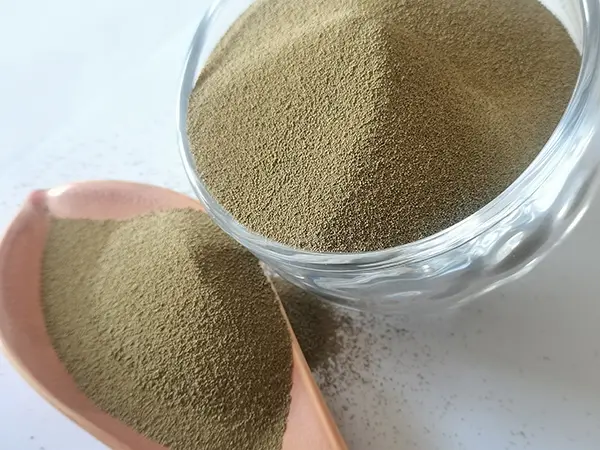3D Printing and Sanding Achieving the Perfect Finish
3D printing has revolutionized the manufacturing landscape by enabling the rapid production of intricate and customized objects. However, one challenge that often arises during this process is achieving a smooth, polished finish on these printed parts. While 3D printing technology has advanced significantly, it still tends to leave visible layer lines and surface imperfections that require additional post-processing techniques, one of the most common being sanding.
Understanding the Basics of 3D Printing
3D printing, also known as additive manufacturing, creates objects layer by layer from digital models. This process allows for the creation of complex geometries that traditional manufacturing methods struggle to replicate. However, because the process is layer-based, it often results in a textured surface that may not be acceptable for all applications, especially those requiring a high aesthetic quality or functionality. This is where sanding comes into play.
The Importance of Sanding in 3D Printing
Sanding is a critical post-processing step that enhances the visual appearance and tactile feel of 3D printed objects. It helps to smooth out the surface by removing those visible layer lines and imperfections, thus achieving a more professional look. Additionally, sanding can improve the adhesion of paint or other surface treatments, making it an essential step for anyone looking to finish their 3D printed project beautifully.
Choosing the Right Tools and Materials
To achieve the best results, the choice of sanding tools and materials is crucial. Various types of sandpaper are available, ranging from coarse to fine grit. For initial sanding of rough surfaces, a coarse grit (such as 60 or 80 grit) can be used to quickly remove excess material and level the surface. After the initial phase, finer grits (up to 1000 grit or higher) should be used to achieve a smooth finish.
3d printing sanding

In addition to traditional sandpaper, other sanding tools like sanding sponges, files, or even power sanders can be employed, depending on the size and complexity of the print. For intricate details and hard-to-reach areas, manual sanding techniques may be more effective than motorized tools.
The Sanding Process
The sanding process generally follows a straightforward procedure. First, one should prepare the printed object by removing any support structures or excess material that might interfere with sanding. Next, starting with a coarse grit sandpaper, lightly sand the surface in a circular or back-and-forth motion. It's essential to apply even pressure and avoid over-sanding any particular area, which could create depressions.
As you progress to finer grits, the goal is to gradually diminish the scratches left by the previous papers until the surface feels smooth to the touch. Regularly wipe away any dust or debris generated during sanding to assess progress accurately. After achieving the desired smoothness, it’s advisable to wash the object to remove any residual particles and ensure a clean slate for painting or other finishing techniques.
Beyond Sanding Additional Finishing Techniques
While sanding is a vital part of post-processing, it isn't the only technique available. After sanding, additional methods, such as polishing, priming, or applying spray paints, can further enhance the object's finish. Techniques such as acetone vapor smoothing are particularly effective for certain types of filaments like ABS, providing a seamless glossy finish without extensive manual labor.
Conclusion
In the world of 3D printing, sanding plays an indispensable role in the post-processing of printed items. By understanding the tools, techniques, and processes involved, creators can elevate the quality of their prints, transforming rough prototypes into polished, professional products. Whether for hobbyists or industry professionals, mastering the art of sanding can significantly enhance the overall functionality and aesthetic appeal of 3D printed objects, paving the way for innovative designs and applications in various fields. As technology continues to evolve, so too will the methods and materials available for achieving that perfect finish, making 3D printing a continually exciting domain to explore.
Post time:Dùbh . 15, 2024 03:17
Next:sand for casting
